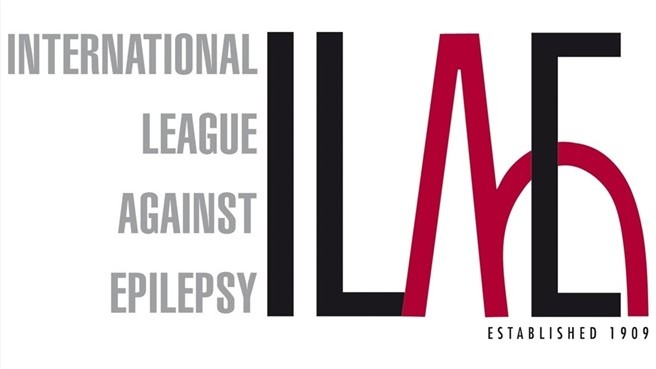Genome sequencing. Despite continual progress in understanding the genetic etiology of human disease, more than half of rare disorders remain unsolved. Resolving the remaining etiologies in rare disease are a major focus of ongoing efforts in the field, including a shift towards standardized analysis of large-scale genome sequencing data from large patient cohorts. In a recent study, Greene and collaborators aimed to identify associations between genes and rare disease subgroups, leveraging genomes of 77,539 people including 29,741 probands. Here is a brief review on their publication in the context of etiological resolution in rare disease.
Tag Archives: genetic etiology
The tale of two planets: the expanding spectrum of STXBP1
Intergalactic, planetary. At the end of last year, I gave a presentation on epilepsy genetics for epilepsy surgeons. Having worked in presurgical epilepsy monitoring myself for some time, I could not help realizing that the fields of epilepsy surgery and epilepsy genetics are quite distinct. Both fields use different terminologies and different concepts and virtually represent parallel worlds. In the vast majority of cases, this does not really matter as there is little overlap between the patients undergoing epilepsy monitoring for later surgery and patients where a genetic etiology is assumed. In a recent paper in Epilepsia, the case of a patient with an STXBP1 mutation is presented who successfully underwent epilepsy surgery. So who is right when both fields collide while treating a single patient? Continue reading

